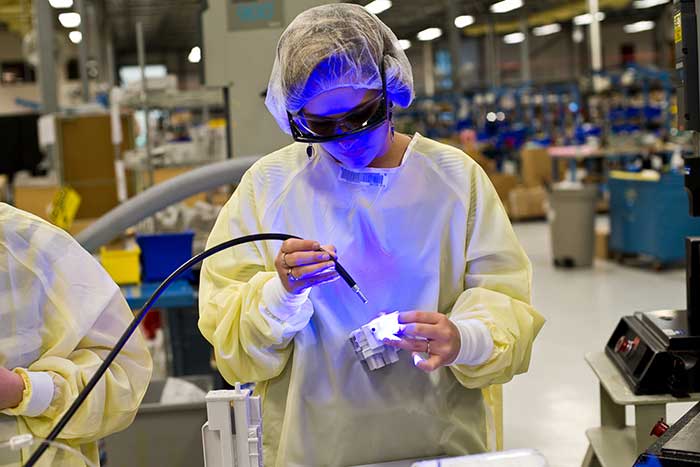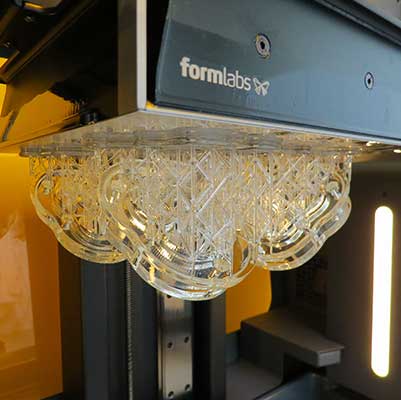Download your free guide now!
"*" indicates required fields
Ensuring your product is compliant, functional, and ready for the market.
Benefit from our rigorous manufacturing standards, ensuring impeccable product quality.
Open communication at every development stage, ensuring clarity and understanding.

Embark on a seamless journey from concept to completion with Synectic. Navigate the intricacies of product development effortlessly, transitioning from ideation to a market-ready product. Leveraging our decades-long expertise, you’re not just developing a product, but ensuring a legacy of success and innovation.

Launching on your own could lead to these critical pitfalls and challenges, derailing your product development journey to market:


Join the ranks of our product development clients who have successfully transformed their prototypes into market-ready products.


At Synectic, we know that you want to be a confident innovator with a successful product. In order to do that, you need a clear, efficient, and knowledgeable path from design to market. The problem is an unfinished design paired with the complexities of taking a product from idea to market, makes you feel overwhelmed and uncertain.
We believe every innovator deserves a reliable product development partner. We understand how complicated taking a product from idea to the market can be. It shouldn’t be so hard. That’s why we’ve been in business for 50 years and are ISO 13485 certified, ensuring exceptional quality.
Here’s how we do it:
So, request a quote and begin your product development journey now. And in the meantime, download our “Design Guide” to get the essential insights. So you can stop wasting resources from facing regulatory issues and instead achieve a market-ready product and design confidence.
Utilize our prototyping capabilities to validate and visualize your design.
Grasp crucial insights, common pitfalls, and expert advice with our free guide: “Insider’s Roadmap to a Successful Medical Device Launch.”
"*" indicates required fields
Your project cost can differ greatly based on its complexity, materials, and stage of product development. We offer fixed-fee pricing for all our proposals, ensuring that you know what your costs will be from the beginning of the project. To receive a quote, kindly fill out the contact form, and one of our product development specialists will contact you about your project.
Yes! Our company offers a range of services including manufacturing, assembly, and distribution of your product. For small volume manufacturing, we have on-site facilities available. If you require larger lot volumes, we work with our parent and sister companies within the Mack Group, which have facilities located throughout the United States.
At this time, Synectic does not partner with or invest in any product or company in exchange for product development services. This allows you to remain 100% in control of your company and intellectual property.
To receive a quote, kindly fill out the contact form, and one of our product development specialists will contact you about your project.
Yes! Once you submit a contact form, our office will send you a mutual NDA that safeguards both of us and ensures that your invention is not copied or stolen. If your company has its own NDA, please email it to [email protected] for review.
We realize that selecting a product development company is a major decision. At Synectic, we prioritize honesty and open communication with our clients. Our team collaborates with you to create a proposal that meets the project needs and fits your budget. The proposal outlines the tangible items you will receive at each project stage. Everything generated around your product, including sketches, CAD files, prototypes, and assembly fixtures, belongs to you.
Your project begins with a kick-off meeting to review the proposal and establish a detailed strategy. Depending on your project needs, our team of engineers will conduct a comprehensive patent review, gather valuable customer feedback, and thoroughly analyze competitive products, all while keeping in mind the specific requirements of your project. Next, we will work with you to create a product development specification (PDS). This crucial document outlines the design and functionality of your product, serving as the foundation for its development.
After the kick-off meeting, our team of experienced engineers will brainstorm innovative concepts using their extensive product development knowledge. Our industrial designers will then transform these abstract ideas into 2D drawings. Next, we assess the concepts based on their ability to meet PDS requirements, selecting the most suitable one. The chosen concept will be developed into detailed 3D CAD models, and depending on your project needs, we may create one or two breadboard prototypes to test the proof of concept. At the end of this phase, you will have a refined concept ready for prototyping.
In this stage, we use the 3D CAD models of your product created in the previous step to create physical parts through different prototyping techniques, such as 3D printing, available at our sister company Mack Prototype. The prototyping method used depends on factors such as part complexity, the cost of the materials, the environment it will be used in, and the desired finish. Once we assemble your prototype, our engineers test and troubleshoot it against the product development specification. We repeat this process several times until we produce a completely functional and reliable prototype that meets all the PDS requirements.
We take your design from prototype development to manufacturing with DFM/DFA. DFM/DFA refers to design for manufacturing and design for assembly, respectively. At this stage of new product introduction, our product development engineers will redesign each component of your product to achieve the best fabrication and cost. Before transferring to contract manufacturing, we aim to test the manufacturing and assembly processes, identifying and eliminating issues that could arise during lot builds.
After perfecting the design and manufacturing process, your product is ready for contract manufacturing at scale. Our Mack Group uses various resources to turn prototypes into production parts. We offer flexibility in design with plastic injection molding and can cut metal parts to size using CNC machining or sheet metal fabrication. Additionally, we enhance the look of your product with finishing and painting services. We also provide inventory and supply chain management services to help bring your product to market. For small manufacturing lots, we use our Woodbridge facility, while larger lots are produced at one of our Mack Molding facilities. Our lean manufacturing model allows us to continuously refine the assembly process and identify cost-reduction opportunities at every step.
The key to our product development expertise is our unique company structure within the Mack Group. Mack Group is a 100+-year-old manufacturing company operating 11 facilities in the U.S. and Mexico. These facilities include more than 1.5 million square feet of space devoted to contract manufacturing high-level assemblies and complex electronics. This means that when you partner with Synectic, you partner with the entire Mack Group. Together, we can reduce the time to bring your new product to market by 20%.
The Synectic/Mack merger has allowed two highly regarded entities to combine experience to become more than the individual. The net result is a stronger and more productive product development company. Here is what you can expect from Synectic and the Mack Group:
Grasp crucial insights, common pitfalls, and expert advice with our free guide: "Insider’s Roadmap to a Successful Product Launch.”
"*" indicates required fields
This website uses cookies to provide you with the best user experience possible. By continuing to use our site, you agree to the terms in our privacy policy.